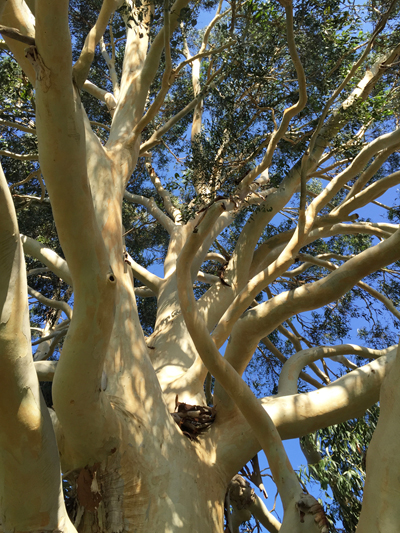September in Kew Gardens
/Thanks to my daughter's decision to spend a Semester Abroad in London, I was able to visit several wonderful English gardens in September. The first was the Royal Botanic Gardens in Kew - regarded as the world's number one botanical garden with the largest and most comprehensive plant collection. What began as a "physic garden" of 9 acres in 1759 is now a 300 acre property with an arboretum, woodland, rock garden, Holly Walk, Winter Garden, numerous perennial beds and formal display gardens.
In addition to the plants, the garden is home to beautiful conservatories, museums, palm houses, Kew Palace and several temples. Since we had only one afternoon to spend there, we focused on the horticulture. Below are some views of the fabulous garden in September.
Kew's arboretum is a living library of trees that stretches over the majority of the Gardens and is a wonderful place to see many different species of trees including rare and ancient varieties.
This specimen monkey puzzle tree was planted in 1978. The first monkey puzzle trees were brought to the UK in 1795 from chile.
There are more than 2,000 species of trees in the vast arboretum including a collection of "Old Lions". These magnificent trees are the oldest trees with known dates in the Gardens, dating back to 1762.
Grasses and perovskia sway in the breeze and create a soft foreground for the collection of trees and shrubs.
The Duke's Garden showcases perennials with beautiful foliage such as the bergenia and heuchera above.
The large rock garden displays a range of mountain plants, Mediterranean plants, and moisture-loving species from around the world.
The beautiful Japanese Garden is comprised of three areas. Above we see the Garden of Peace, reminiscent of a traditional Japanese Tea Garden with stone lanterns and a dripping water basin.
Below, is a glimpse of the Garden of Activity, symbolizing the elements of the natural world such as waterfalls, mountains and the sea. The raked gravel and large rocks represent the motion of water as it swirls and tumbles.














